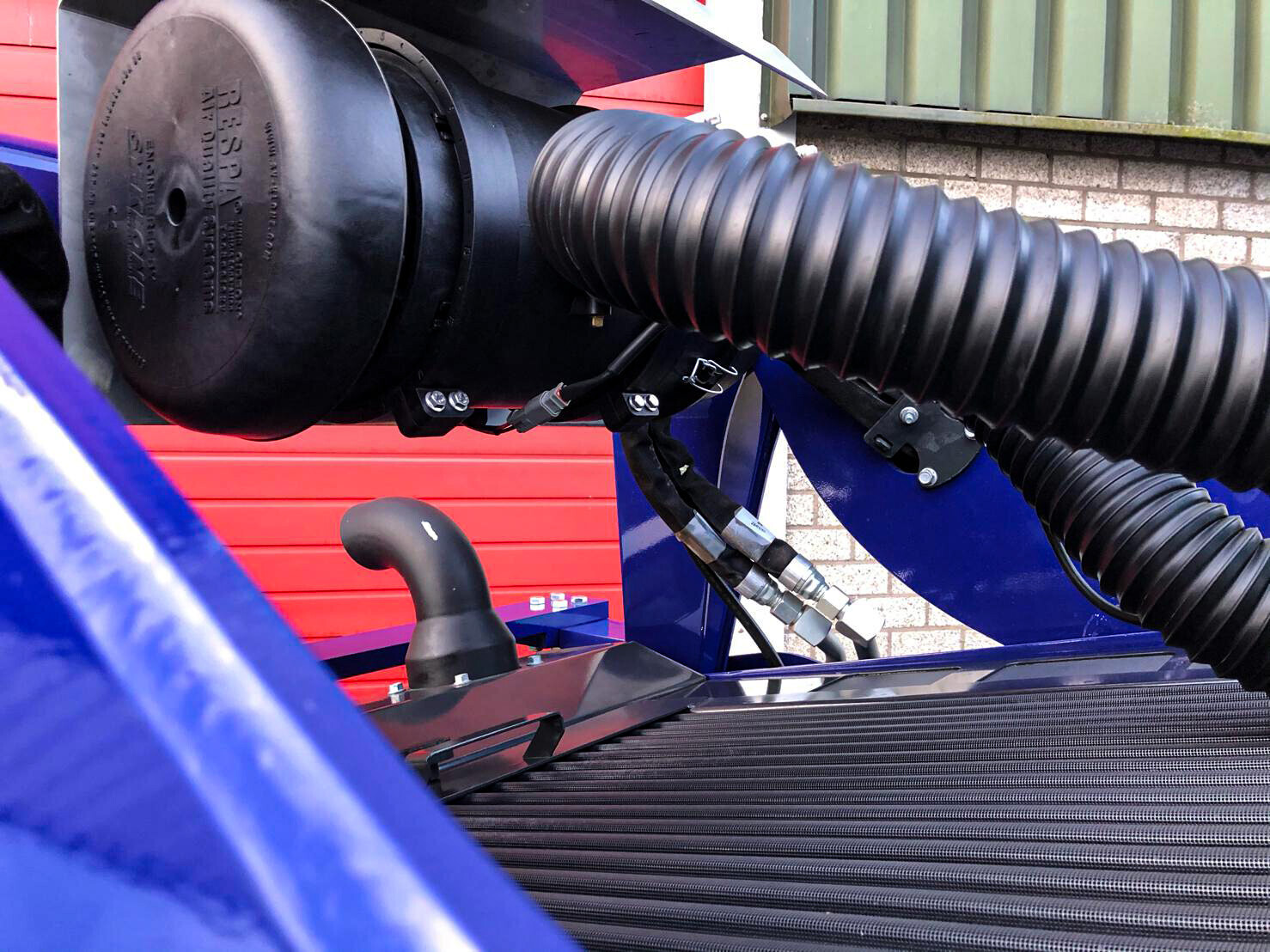by Kyle Molyneux | Thu 26 Mar 2020
Bespoke Bobcats for ZHD Stevedores
For almost 51 years, ZHD Stevedores, based in Dordrecht in the Netherlands, has been using Bobcat skid-steer loaders to clear the holds of ships and to move material around so that the grabs on the large unloading cranes on the dockside are kept busy. This way of working was introduced to be able to unload or load a ship as quickly as possible so that it can sail again, as idle time costs money in shipping. Any part of the load that remains out of reach of the grabs on the cranes is collected and removed by the Bobcat loaders using hydraulic sweeper attachments.
The Bobcat skid-steer loaders for this work including the new S770 models that ZHD Stevedores has just purchased, have to undergo many modifications before they are delivered to the company. This work is carried out by Inter-Techno, the Dutch importer for the Bobcat range for more than 40 years and Inter-Techno describes this as creating a ‘port edition’ of the skid-steer loader, after special modifications are implemented in the company’s workshop in Apeldoorn in the Netherlands. This special edition machine was developed jointly with ZHD Stevedores.
“The modifications on the machines include the treatment of plugs and cable harnesses with a special moisture-resistant coating. The moist and dusty environment is not good for the electronics on board," Jan Elferink explained. “The adjustments to the cabs are also important. Drivers used to work in an open cab with a cage construction, but the requirements for working conditions and safety have become increasingly strict. To protect the driver against dust, overpressure cabs have been used for around 12 years to keep the dust out. The air that is blown into the cab goes through a P1 and P3 filter that captures very fine particles (see picture below). P3 filters remove particles up to 50 x WNG (Legal Dutch Limit Value) so drivers no longer need to wear air masks."

The standard cab on Bobcat skid-steer loaders is both ROPS (Roll-Over Protection Structure) and FOPS (Falling Object Protective Structure) certified, but to protect the driver even more, instead of the glass in the door of the machines, this is replaced by Bobcat-Lexan, a very strong plastic material that is very difficult to break or damage. In order to give the driver even better all-round visibility, a special ZHD rear-view camera is mounted on the rear hood.
A number of modifications have also been made on the outside of the Bobcat loaders. First of all, the machines are sprayed in the house colours of ZHD, blue and yellow. Four additional tie down points have been added, two on either side of the upper structure, to which hoisting straps can be attached. This allows the Bobcat to be lifted in and out of ship holds. To make them more robust, the Bobcat loaders are weighted at the front and steel plates are welded to the lifting arms to protect the hydraulic cylinders. A heavy steel bumper is welded to the rear, protecting the engine and the cover against collisions with the walls of the hold. All modifications together ensure an extra weight of around 600 kg, which gives the loader even better stability and more load capacity.
The engines have to comply with special requirements because the Bobcat loaders work in almost completely enclosed spaces. Because of the stricter requirements with regard to working conditions and emissions legislation, the older models have been equipped with soot filters or Adblue is mixed with the diesel. Jan Elferink added: "The new generation of Bobcat skid-steer loaders has Stage V engines, but in the long run, electric Bobcat machines might be a very good alternative."
Got a news story? Email news@earthmoversmagazine.co.uk.
